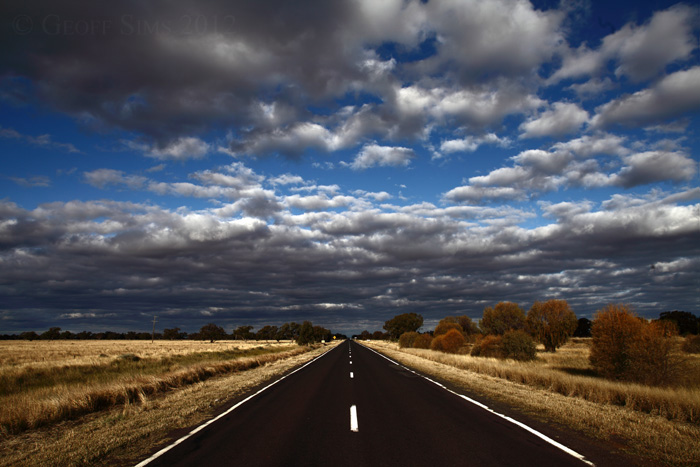WAITING FOR THE
SHADOW
SOLAR AND LUNAR ECLIPSE OBSERVING |
|
|
|
|
|
|
|
|
|











|
What is the Black Drop Effect?
A more detailed explanation of the black drop effect by Jay Pasachoff can be found at http://www.transitofvenus.org/faq/298-what-causes-the-black-drop-effect I've summaraized Pasachoff's explanation here : The black drop effect is the apparent smearing or extension of the edge of Venus against the edge of the sun during a transit of Venus. It is caused by a combination of two effects, the blurriness of the optics used and the fact that the Sun has no defined edge. The Sun's gaseous atmosphere cools as you move away from the sun and hence gets darker but has no defined cutoff. At the extreme edge--and it turns out to be in that last little angle over which we see the black-drop effect--the Sun's gas is relatively dark. Combined with the inherent blurriness of the telescope, that darkness seems to extend from Venus's dark silhouette out to past the solar edge. And that is what we call the black-drop effect |








 Heron
Heron






